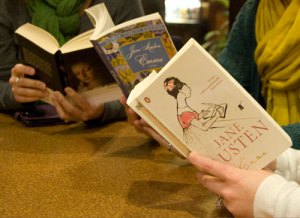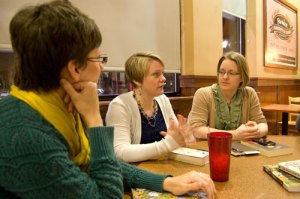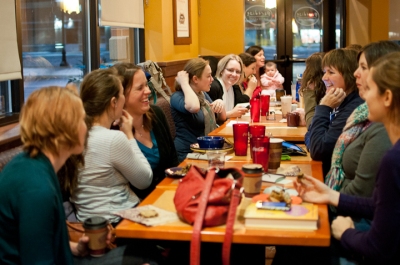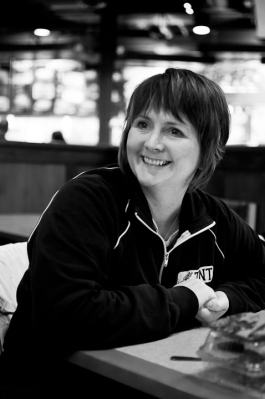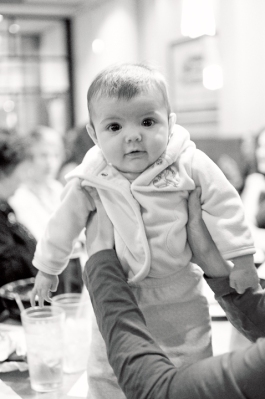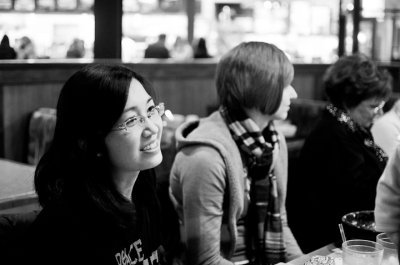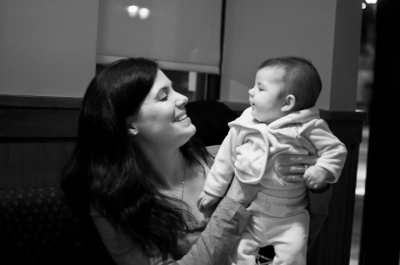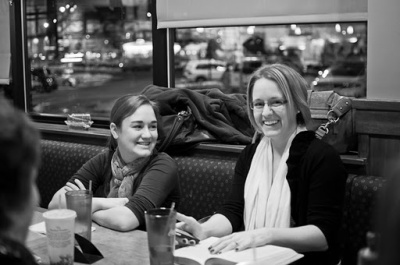I have SO MUCH to tell you about this month’s author, Jane Austen. When I first found out I would be writing this post, I thought, “This is our 4th Jane Austen book. There won’t be anything else to tell them about her! I’ll have to think of something else to write.”
Except we didn’t start writing About the Author posts until more recently, and there’s only one other post on this dear woman which I wrote in a characteristically lazy manner. So lazy that I said nothing about her! I claimed it would spoil the book or some such nonsense. Ha.
After thoroughly chastising myself, I set about to laboriously research our favorite writer by combing through her Wikipedia article. I’ve seen Becoming Jane. What else could there possibly be to know? And then I chastised myself some more.
She’s a sneaky one. You see she purposefully had many of the documents that could have told us about her life destroyed. How did she know anyone would care? She wasn’t actually famous per se during her lifetime. I mean, the books were well known, but she published under the name “A Lady.” Although some people must have known she wrote them because she was invited to visit the Prince Regent, George IV, who requested she dedicate her next book to him. Since she felt she had no choice but to do so, she did- sarcastically- with Plan of a Novel.
We do know some fascinating tidbits about the timeline of her life. Apparently she decided at the age of 13 to be a serious writer, and from that young age worked consistently on her craft. In her early twenties she began putting the characters of Pride and Prejudice, Sense and Sensibility, and Northanger Abbey on paper. Lack of fortune, want of connections, and- I’m going to guess- war, all had their hand in preventing her from publishing anything until she was 35 years old. Well, that, and a cranky publisher who bought the copyright to Northanger Abbey when she was 22 and never published it. Mansfield Park, Emma, and Persuasion were all written towards the end of her life which ended so early at the age of 41. In fact, Persuasion and Northanger Abbey were published posthumously with a note from her brother Henry which revealed her as the author of the novels.
Although it has been quite some time since I’ve seen Becoming Jane, I do remember James McAvoy’s character, and indeed there was such a man in her life. Well, Wikipedia didn’t really tell me enough for me to know that she was in love with him, but they did cause some trouble together and apparently his family felt the need to keep them apart, so there must have been some attraction. We also know that she was engaged for one day to a family friend who is also a character in the movie, but unlike the movie, he apparently was, “a large, plain-looking man who spoke little, stuttered when he did speak, was aggressive in conversation, and almost completely tactless.” If we know anything about Jane from her stories, we know there is no way you could convince her to marry such a man.
After all my careful toiling through Wikipedia, I have come to just that conclusion: We know Jane from her stories. We know her sensibility, prejudices, and persuasions. She told us herself. I’m enjoying her sense of humor in Emma. I need to get going though, and finish the book. I’ve spent way too much time on this blog post for you all! If you need to find out more for yourself you can always check Wikipedia, but if you really want to know, you’ll read her writings for yourself.

